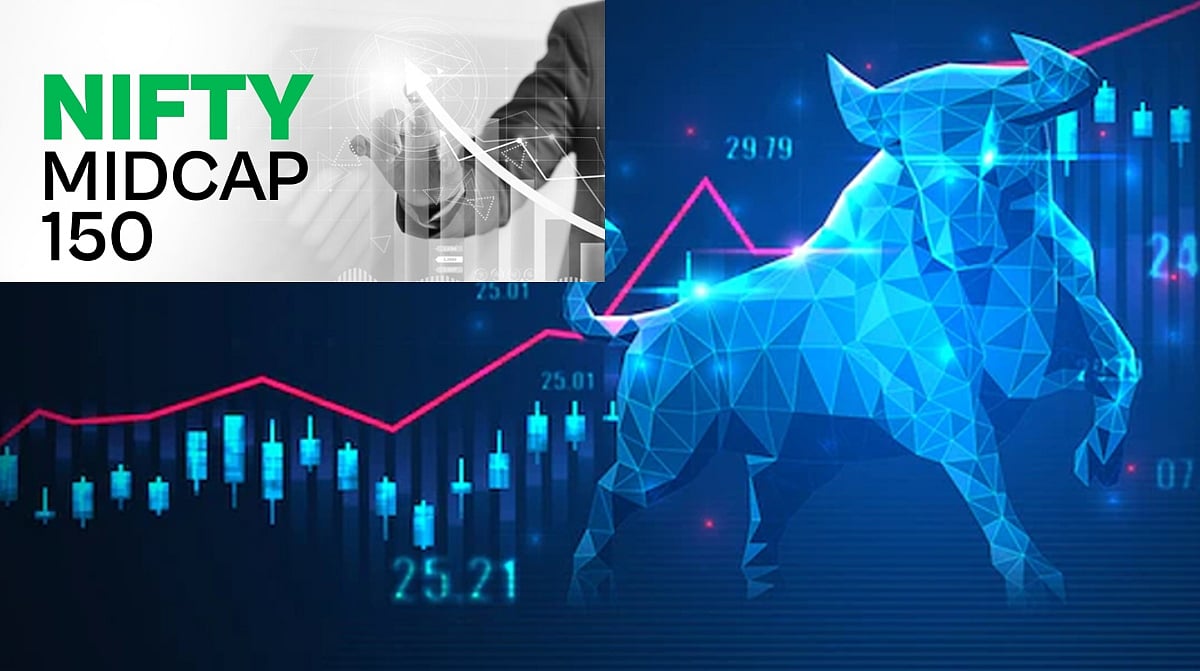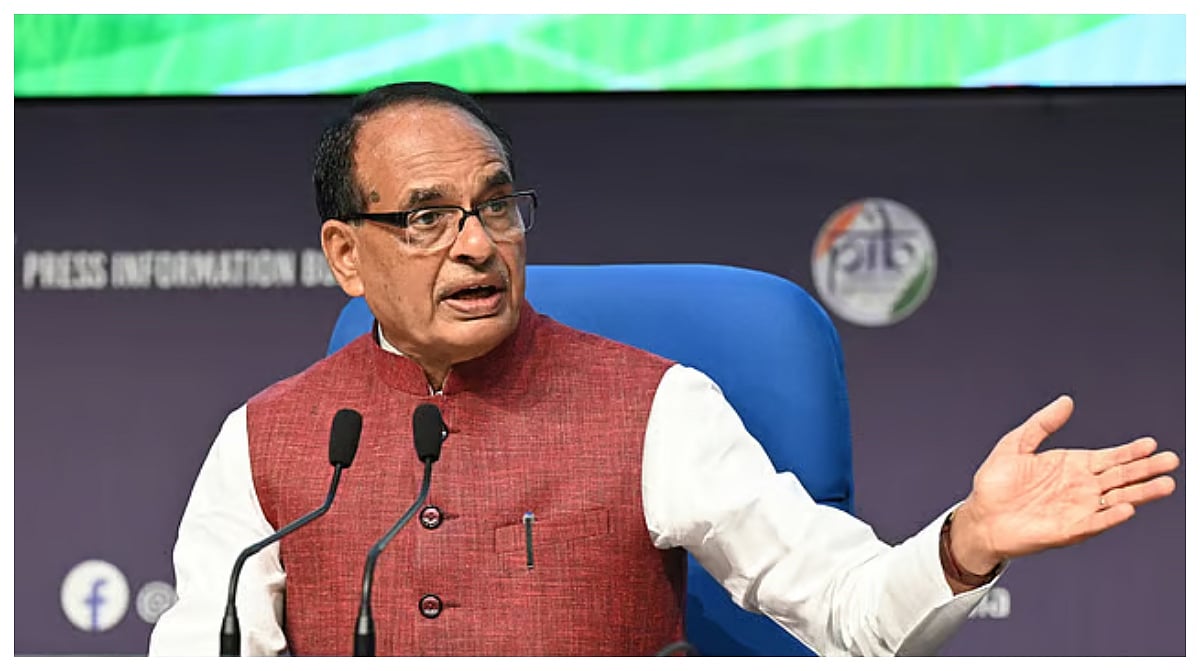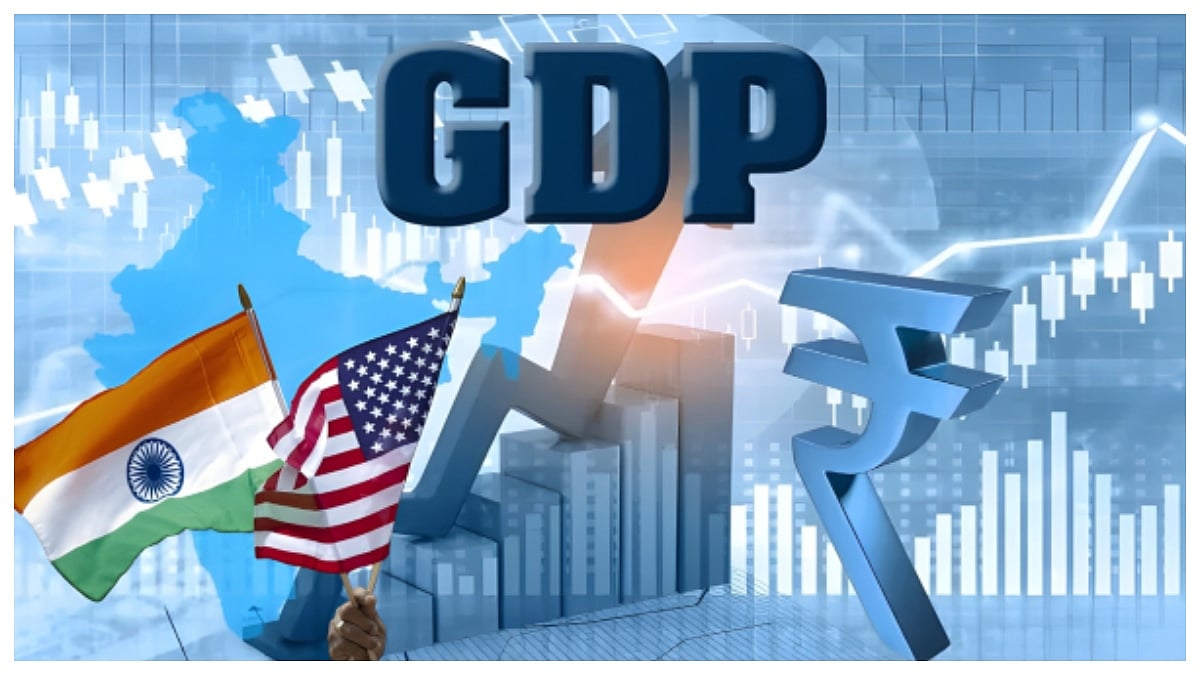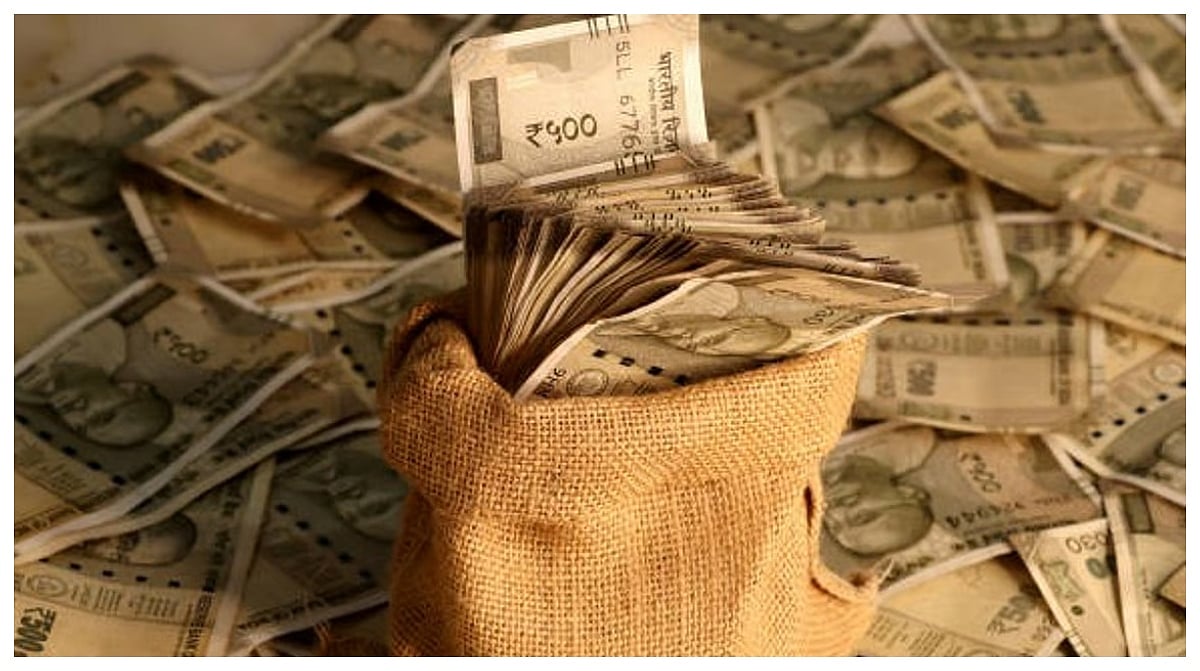The ground action by Russia after long-standing build-up has begun in Ukraine. The current escalation can be seen as the second phase of conflict after 2014 when Russia annexed the Crimean peninsula.
The current escalation most likely will progress on similar template seen in Georgia and Crimea, a swift action to secure certain strategic objectives which in Russian viewpoint are non-negotiable. The chances of much larger escalation look less at this point in time.
Russia-Ukraine conflict to impact commodities, asset classes
Irrespective of the military objectives, the impact of the conflict will be felt across commodities and asset classes. Oil prices have already crossed $100 per barrel. Other commodities which will see inflation include precious metals gold, palladium and platinum.
Ukraine being important exporter of agriculture products, there will be impact on prices of wheat and corn if navigation lines in Black Sea are disturbed.
For India which has no strategic interest in this conflict the fall out will be mostly economic. Rise of commodity prices will impact CAD and domestic inflation. The export outlook of services towards Europe will be impacted negatively. Sanctions on Russia may impact regular trade (e.g. tea) between the India and Russia.
The trajectory of crude prices decipher interesting trends. Historical trends (since 2018) indicate that it takes around 18 months for crude prices to crash by as much 67 percent from the highest level and 30 percent percent drop from highest level could even come in less than 3 months. Thus the decline in crude prices from the current high levels could come even faster going by the recent trends and it augurs positive for overall macro prognosis.
Financial markets also recover faster after a geo-political induced decline as the experience of three decades reveal.
Notwithstanding the trajectory of crude oil prices, the impact on inflation in the Indian context will be keenly watched. The average price of Indian basket of crude oil has risen to $84.67/bbl. in January 2022 from $63.4/bbl. in April 21, 33.5 percent increase. If crude oil price rises to an average of $100/bbl. from the current average, inflation is likely to increase by 52-65 bps. Interestingly, petrol and diesel prices have not changed since November 21.
Based on the existing VAT structure and taking Brent crude price of $100/bbl.-$110 bbl., diesel and petrol prices should have been higher by Rs 9-14 each as of now.
If the Government, however, reduces the excise duty on petroleum products and prevent the prices of petrol and diesel from rising, then the Government will incur excise duty loss of Rs 8000 crore for a month. And if we assume that the reduced excise duty continues in the next fiscal and assuming petrol and diesel consumption grow around 8-10 percent in FY23, then the revenue loss of the Government would be around Rs 95,000 crore to Rs 1 lakh crore for FY'23. In this context, the FY'23 budget numbers that are pegged conservatively would act as a clear counter cyclical buffer for such revenue loss.
Upside risks to inflation
Meanwhile, there remains upside risks to inflation, even though it is high time that the methodology of computing CPI inflation by using the Consumption Expenditure Survey/ CES, last updated in FY12 may be updated. This is a major issue as using CES survey to compute inflation might be introducing an upward bias in CPI estimates as food has a weightage of 45.86% in headline CPI, that is misleading.
For example, In Indian context PFCE data as released by National Account Statistics (NAS) for the year ended March '21 reveal that the share of food consumption was at 32.5 percent in FY21.The NAS and CES estimates have difference in coverage, estimation methods and databases, and, therefore, the inflation derived from weights under both the methodology, would be different. However, some of the policy decisions taken by the Government during the pandemic should have resulted in much lower CPI, but that was not to be, given the methodology of computing CPI through CES survey.
As the most glaring example, both the NAS and CES value estimates for the items in the rice and wheat groups represent the expenditure actually incurred on the items. The quantity available from the Public Distribution System (PDS) is evaluated at the administered price in the NAS, while the cost actually paid by the households for the quantity obtained from the PDS are recorded in the CES.
The Government had given free food under PDS throughout the pandemic, but that is not reflected in CPI cereal data, which shows an increasing trend and this problem could get compounded further because of the current military conflict. Interestingly, during the pandemic, it is not clear why the service inflation has climbed up significantly, even as most services were closed.
If we estimate CPI by using the NAS weights, the headline CPI declines to 5.26 percent for the latest reading for February 2021 from 6 percent.
Setting aside such concerns, there appears to be an upside risk of 90-100 bps to RBI’s inflation of 4.5 percent for FY'23 if oil price averages to $90/bbl. And 100-130 bps upside if oil price averages to $100/bbl. We are, however, hopeful of a significant course correction in oil prices going by trends.
Services, food CPI converge since October 2021
Since October 2021, services and food CPI are converging. Most importantly, rural goods and urban goods are converging to rural and urban services. This indicates that services CPI that has been sticky downwards for a considerable period of time may have resulted in mild inflationary expectations pushing up goods prices in the process.
Goods prices will also increase in future as pass through becomes more pronounced. Thus overall concerns to inflation remain.
(The writer is Group Chief Economic Adviser, State Bank of India)









